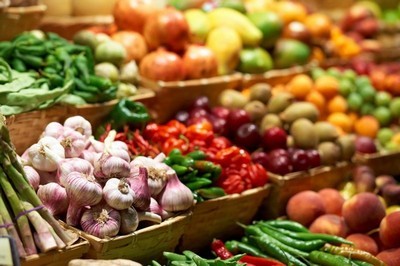New study looks at impact of US ASF outbreak on pork and beef markets
Impact of ASF on domestic supplies
The new study asks a simple question: "What would be the economic impact of finding African swine fever in the U.S. swine population ?" Dr. Hayes said.
“If we found African swine fever in the United States, we would report it to our international clients,” Dr. Hayes said. “Their immediate response would be to restrict US pork imports . They would have done it whether we found it in Florida, North Carolina or Iowa. It would be a reflex reaction and we would lose our EXPORT markets.”
He said the US uses exports for two purposes.
“Export increases the value of the carcass by selling different types of MEAT such as ears, tails, etc. in the markets where they are valued. Exports add about $10 to the cost of each carcass, and each carcass would lose that value if African swine fever were found in the US,” Dr. Hayes said.
Secondly, with muscle meat, the situation is even worse. We need to get the American consumer to eat 25% more muscle meat, which will be a major challenge. It will take "a huge reduction in the cost of live pigs" and then transferring that reduction to the consumer market to get consumers thinking about eating more pork.
“In the worst case scenario, this would reduce the cost of live pigs by more than 50%,” Dr. Hayes said. “In the first year, the pig industry will lose about $8 billion, and if prices remain low, losses in the second year will be about the same.” .
“After that, if we don’t get the virus under control and return to our export markets, the industry will need to be scaled down,” he said. “We would have an industry that is 30% larger than it should be. Therefore, we would begin to close pigsties, veterinary clinics. The economic impact on the US economy will be huge - about 60,000 jobs lost."
However, if the industry can return to export markets and can survive the first two years of losses, perhaps through hedging, insurance products or government support, the industry could start to recover, he explained.
“There are two things to keep in mind,” he said. “First, we must prevent this terrible disease from entering our country through biosecurity. Second, if we can't keep the ASF virus out of the US, we need to prepare for an outbreak."
One way to prepare is called regionalization.
“Regionalization allows you to limit the infected pigs identified in Florida, which we can prove did not affect pigs in Iowa or any other part of the country, while pork in Iowa and other parts of the country can continue to be exported. This requires traceability so that we can determine where each pig moved within the country,” he said. “By implementing regionalization and additional traceability, we can return to export markets faster and avoid irreversible damage to the industry.”
Use of study data
“The results of this study will be used to highlight the financial catastrophe of a two-year shutdown in exports, as well as the results of a 10-year shutdown in the sector,” Dr. Hayes said.
This is an update of a study that is 12 years old. Dr. Hayes did present the initial results of the study to US customs officials. They were able to use this and other sources of information to gain more funds for border security, as well as a means to evaluate food entering the US and prevent the virus from entering the country.
“The National Pork Council began to emphasize the need for strict control of the spread of the virus after the first study, because I think most of us were shocked by the financial damage that the US economy would suffer ,” Dr. Hayes explained. “If we lose the US export market, we will have to cut a huge industry like pig farming.”
Reduced pork production will affect the production of beef, corn and soybeans
“If you somehow manage to get the American consumer to eat 25% more pork, there will be no room on the plate for beef,” Dr. Hayes said. “In this scenario, pork looks cheap and beef looks very expensive to the consumer. We will see people move from beef to pork."
The availability of inexpensive pork and beef in the U.S. domestic market will also drive down the prices of competing proteins such as chicken , eggs , and cheese.
The market reacts like this: the price of cattle falls by about 5%. It is likely that similar effects will be found for other types of proteins. However, the impact on grain will be only about 1%, and this is contrary to common sense.
“Imagine if we feed 30% less pigs and that will have a big impact on the grain,” he said. “However, at the same time, we are increasing poultry production . Then we export more poultry and other countries buy more of our corn and soybeans to replace pork domestically. So the impact on corn and soybeans is very modest, just 1% or 2%.”





























































